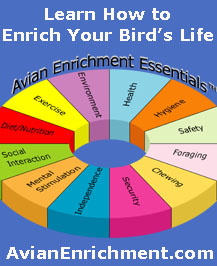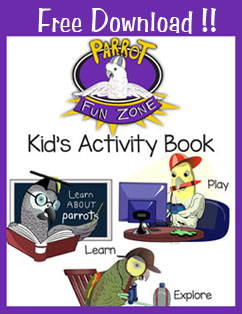Foraging
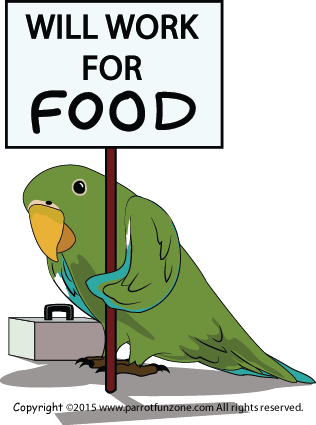 Did you know that researchers have determined that parrots prefer to work for their food even when food is readily available in a bowl? This indicates that foraging is a behavioral need of parrots.
Did you know that researchers have determined that parrots prefer to work for their food even when food is readily available in a bowl? This indicates that foraging is a behavioral need of parrots.
In the wild, parrots spend up to 70% of their day searching for food. Our birds are hardwired to perform at this level of physical activity and mental engagement. Contrast the way they spend their day in the wild with the typical "fast food" lifestyle that most pet birds experience. Each day their food is neatly delivered to them, often nicely chopped up, in a bowl. Hmmm, so how are they supposed to spend the rest of their day?
Lack of activity leads to boredom which often results in frustration and abnormal, self-destructive behaviors such as feather picking. It is possible to avoid these problems by feedin gyour bird using a variety of foraging devices. Hiding food in various locations throughout the cage will keep them busy, challenge their minds, stimulate their curiosity and make eating more fun.
Transitioning to a foraging based feeding scenario should occur in stages. You don't want to require your bird to have master safecracker credentials to be able to eat. The initial goal is to stimulate your bird's curiosity and get him moving throughout his cage in search of food.
- Continue to provide your bird's regular diet in his usual bowl.
- Start by placing treats and their favorite foods within multiple bowls spread high and low throughout the cage.
- Once your bird catches on to the idea of moving, searching and retrieving items, increase the complexity of the task.
- Hide the food by loosely covering the cups with paper. The paper can be taped down when this gets too easy for your bird.
- You can also start off with easy homemade devices such as Dixie cups, small paper bags or cardboard tubes that can easily be crumpled around the treats.
- Let your bird observe the placement of treats in these devices and demonstrate their retrieval.
- Progress to puzzle oriented toys that require problem solving and manipulation such as opening hatches, turning compartments, opening drawers, unscrewing hardware or shredding material to gain access to the food.







































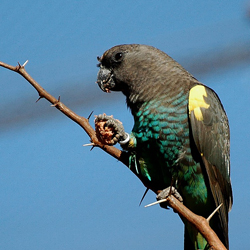


































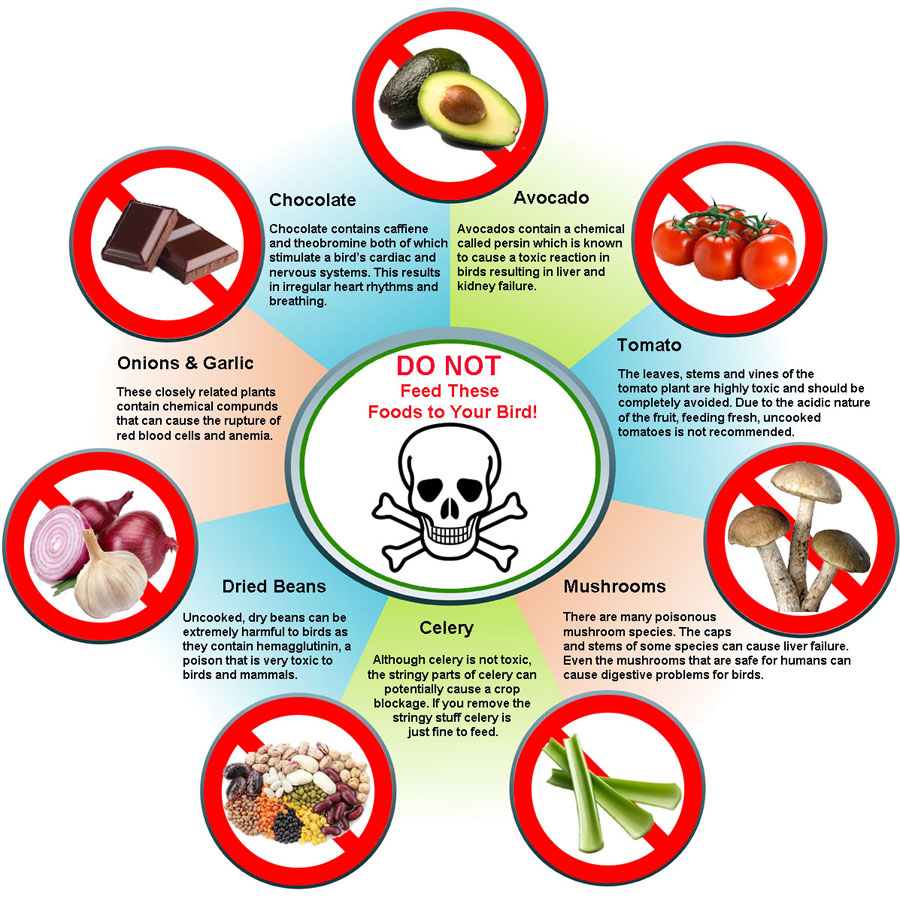
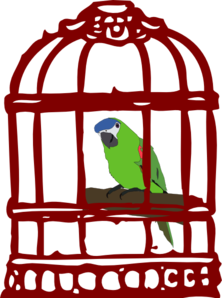 Recommended Cage Cleaning Routine
Recommended Cage Cleaning Routine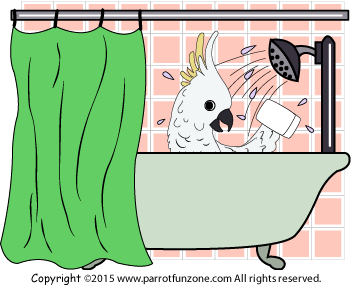 Provide bathing opportunities daily or at least a minimum of three times per week. Bathing promotes healthy skin and feathers.
Provide bathing opportunities daily or at least a minimum of three times per week. Bathing promotes healthy skin and feathers.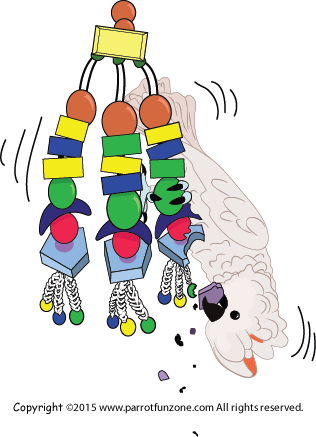 Play is a natural behavior in the wild for parrots. In our homes, play is even more important to our birds because they do not have a normal outlet for many of the tasks that would otherwise keep them busy in the wild like
Play is a natural behavior in the wild for parrots. In our homes, play is even more important to our birds because they do not have a normal outlet for many of the tasks that would otherwise keep them busy in the wild like 
